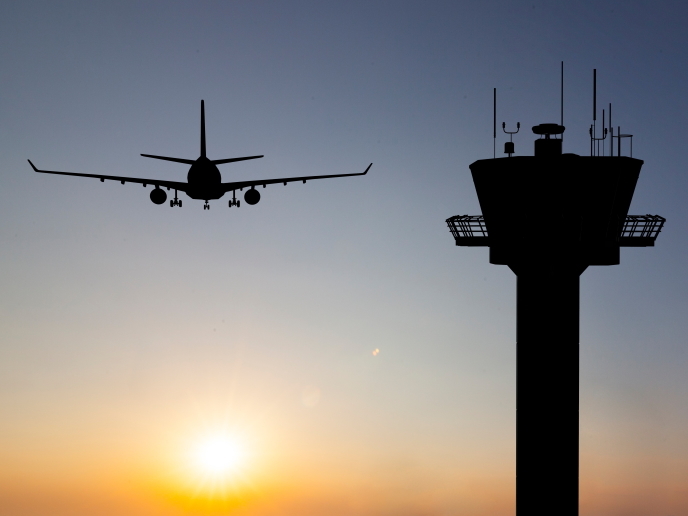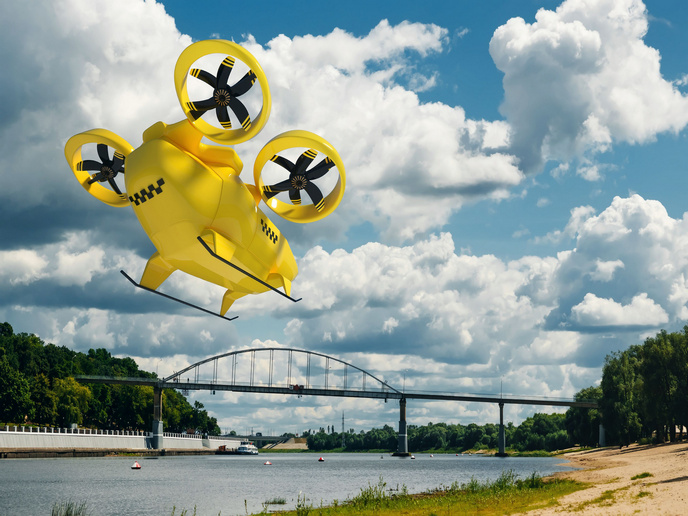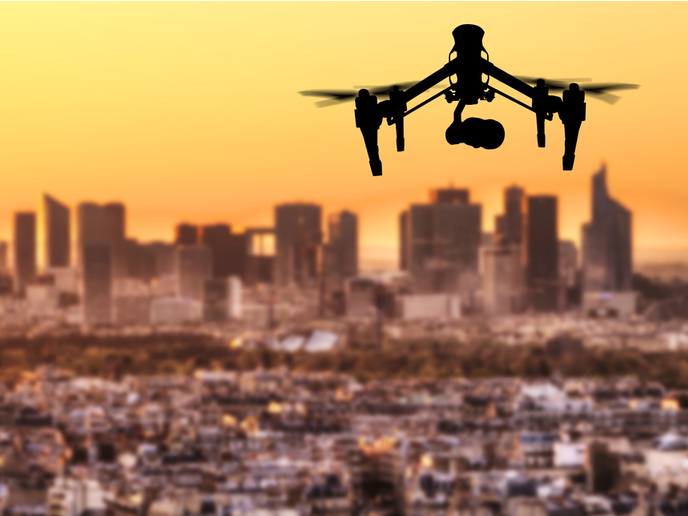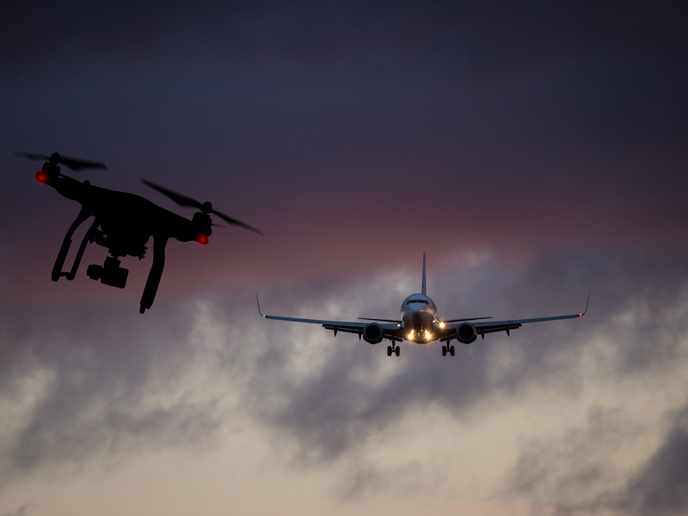Data sharing technology helps to organise the skies
Despite a drastic slowdown due to COVID-19, air traffic in Europe is expected to reach pre-pandemic levels by 2024, with estimates from 2018 predicting an average growth rate of 2 %, culminating in over 16 million flights annually by 2040. The EU-funded PJ31 DIGITS is the 31st project within the framework of the SESAR Joint Undertaking, a public-private partnership set up to modernise Europe’s air traffic management system (ATM). With sister project DIGITS-AU, its focus is on delivering advances in ATM based around the sharing of 4D trajectory data. Currently, air navigation service providers predict the trajectory of flights based on their radar position and their expected performance, computed through a generic classification of the aircraft model. These are used to maintain safe separation between aircraft in flight and estimate when they will arrive at their destination and enter the landing queue.
Automatic Dependent Surveillance
However, “the same aircraft fully loaded or very light will have a very different performance profile, especially during the climb phase,” explains Thierry Harquin, project coordinator and ATM senior manager at Airbus. “And once the aircraft is airborne, there are many potential changes due to weather, traffic, and airline policy settings.” The best way to get a more accurate trajectory prediction is to interrogate the aircraft itself, which has a flight management system with estimates of all the trajectory data. “This has been used by pilots in modern cockpits for years, but so far has not been accessible from the ground,” says Harquin. “The basic project concept is to share this valuable on-board information with ground air traffic control.” This sharing technology is known as Automatic Dependent Surveillance – Contract, or ADS-C, and has continuously updated information on an aircraft’s current and predicted 3D positions, speeds and time to destination along its trajectory.
New safety barriers
A 3-year demonstration saw ADS-C software upgrades installed in 90 aircraft, involving six airlines (Air France, British Airways, easyJet, Iberia, Novair and Wizz Air). The PJ31 DIGITS project worked with a number of air traffic control centres, including the Maastricht Upper Area Control (MUAC) covering Belgium, the Netherlands and Luxembourg, Flugsicherung in Germany (DFS), ENAV in Italy and NATS in the United Kingdom. While three centres trialled the technology in ‘shadow mode’, training staff in a non-operational room, MUAC made the decision to deploy the technology with a subset of trained controllers, displaying the more accurate trajectories alongside traditionally calculated pathways on controller monitoring equipment. Analysis of more than 20 000 flights demonstrated that the system reduced inaccuracy of ATM prediction models by 30-40 %. These controllers also received an automated warning when the airborne- and ground-predicted trajectories diverged, providing a new safety barrier. The EU has mandated that from 2027 the system should be installed on all new aircraft, and all air navigation service providers in Europe should be able to receive and process this data in their ground tools. The improved data will allow air traffic controllers to more efficiently manage aircraft flow, and reduce time spent in holding patterns, cutting aviation’s environmental impact. Future SESAR projects will use the improved data sharing to enrich conflict detection tools, and delivery improvements to arrival management.
Keywords
PJ31 DIGITS, air traffic control, trajectory, flight, information management, controller, ANSP, Automatic Dependent Surveillance Contract, ADS-C







